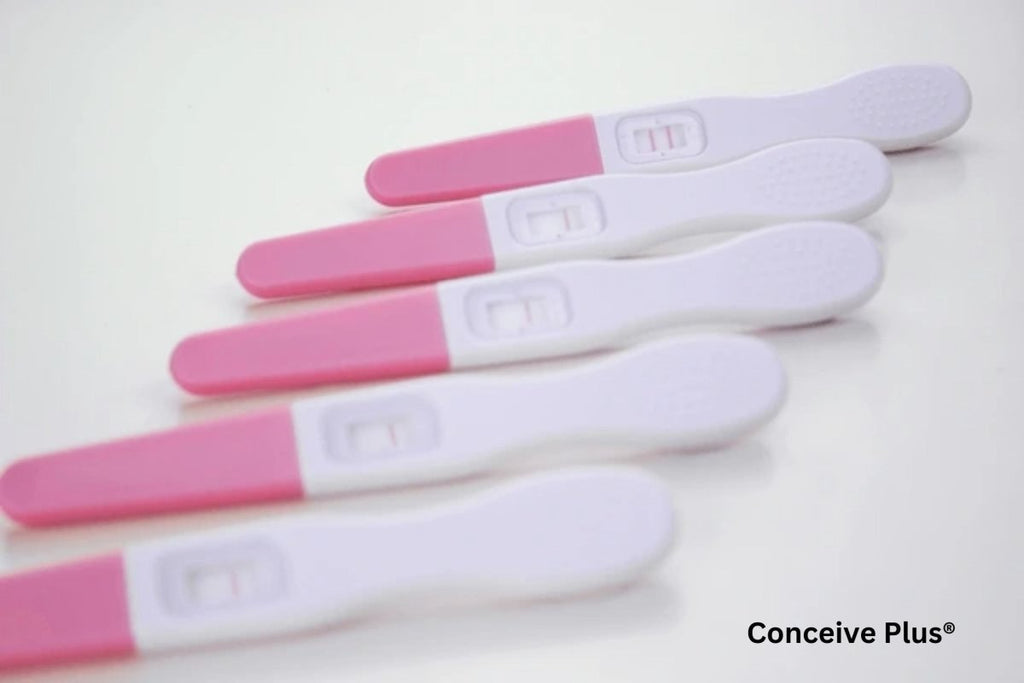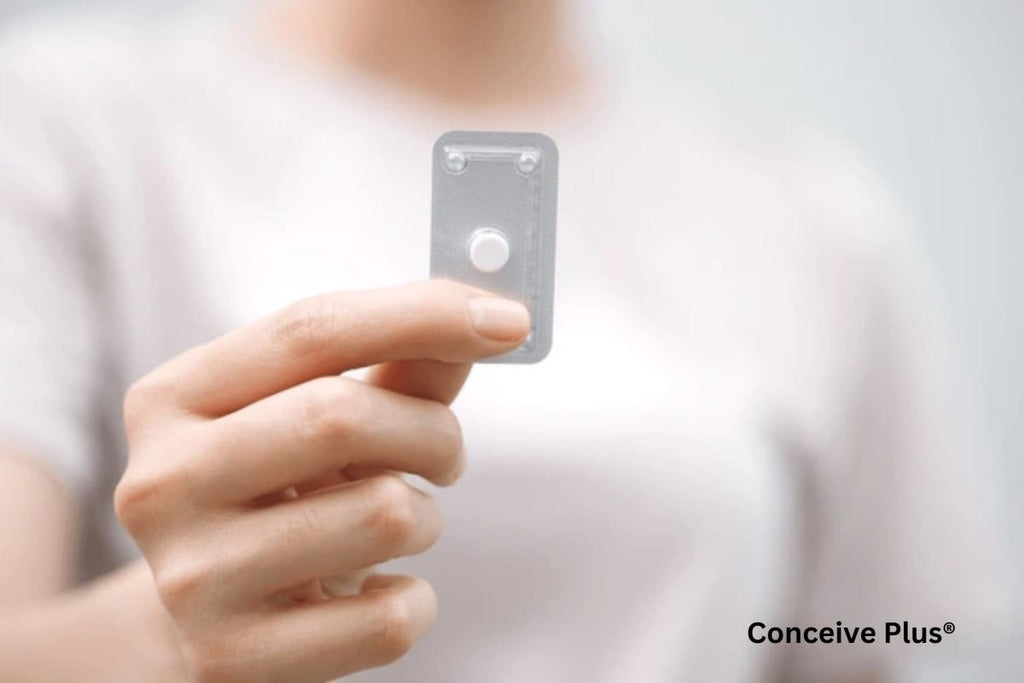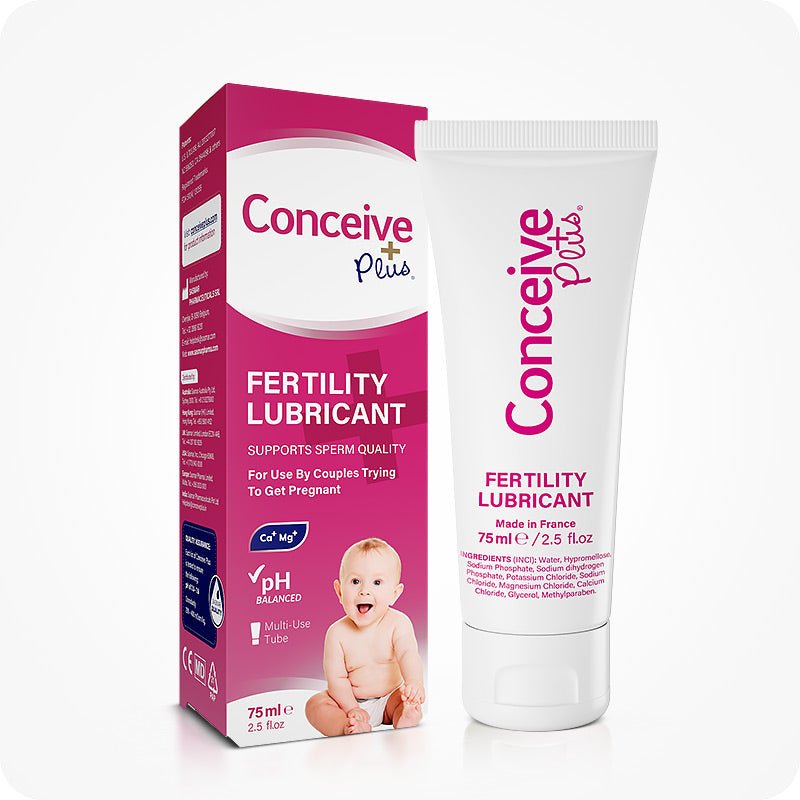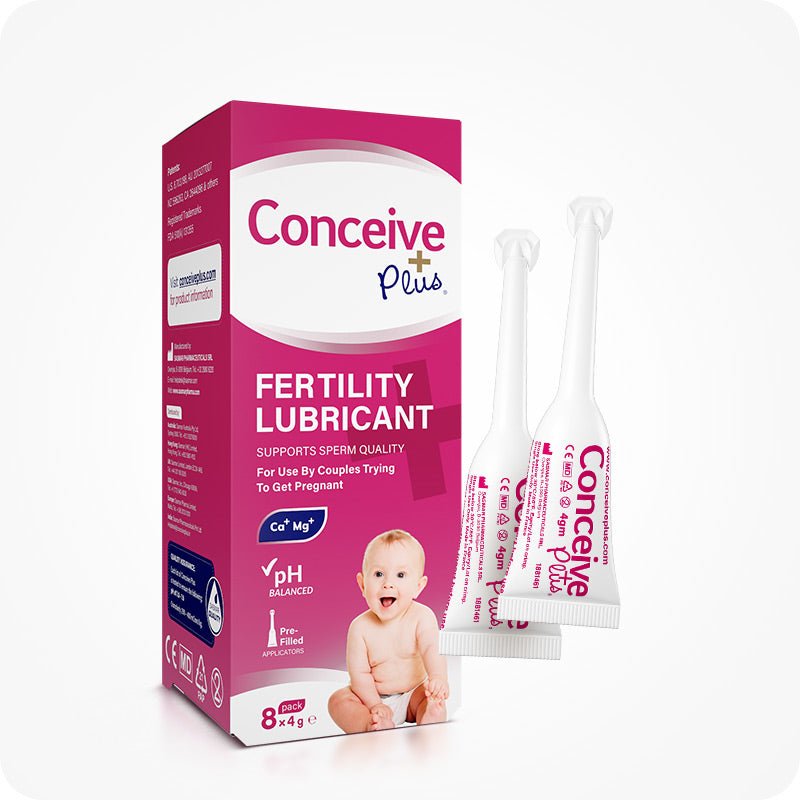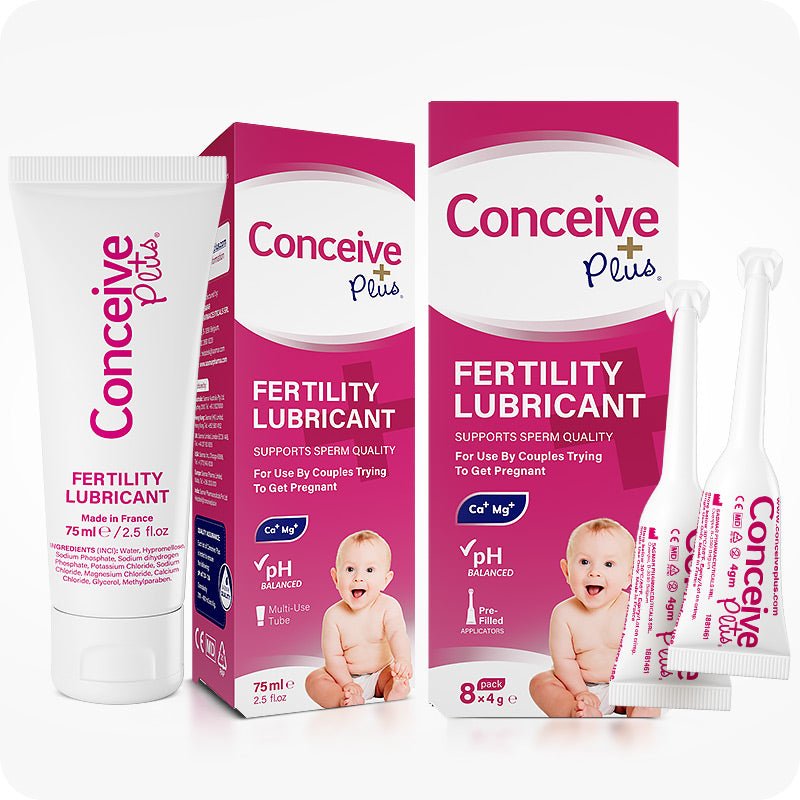When Do Women Become Infertile: Charting the Female Reproductive Journey
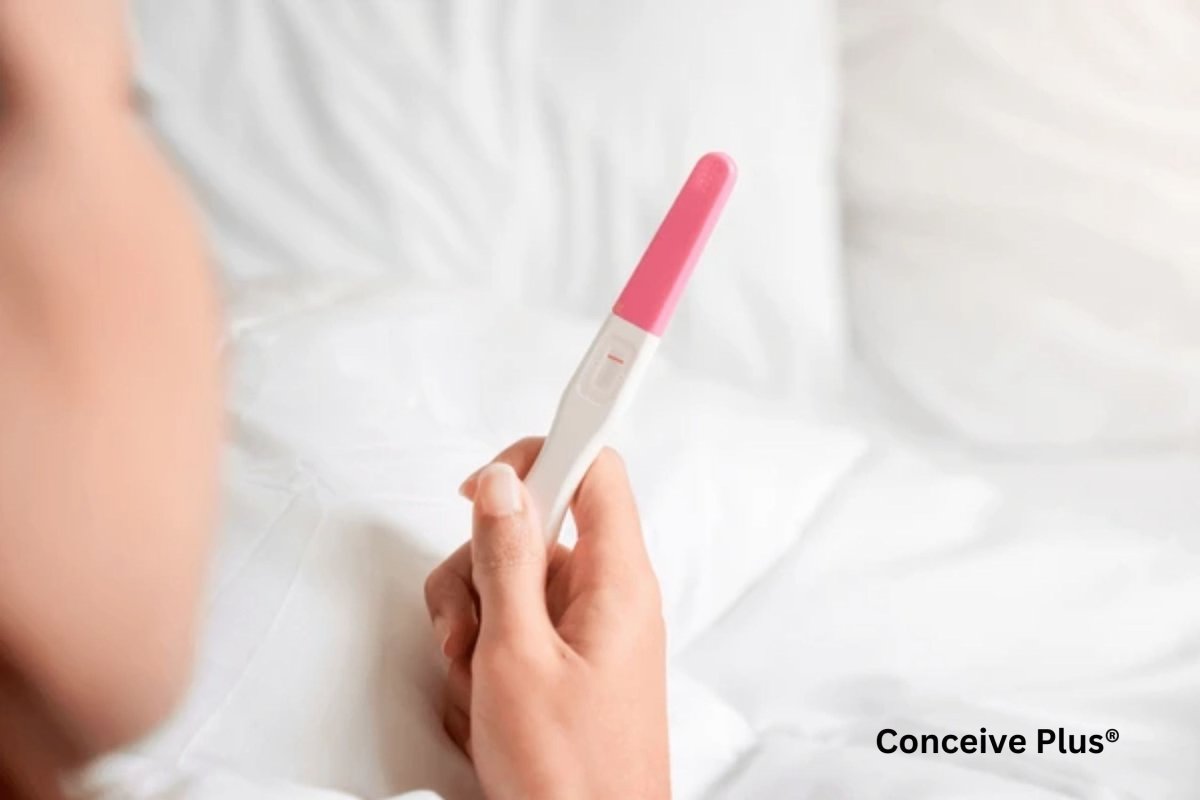
The arc of a woman’s reproductive life is often illustrated as a steady rise toward optimal childbearing capacity, followed by a gradual decline as age progresses. Science has advanced our understanding of how a woman’s body changes over time, yet questions persist about the precise point at which fertility wanes, including when do women become infertile. In practical terms, it can be hard to know if there is a definitive age where infertility sets in for every woman because biology, lifestyle, and genetic factors contribute to a woman’s ability to conceive. This article delves into the details of fertility, how it develops, when it peaks, what influences it, and how it eventually shifts into a phase where conceiving becomes significantly more challenging.
Biological Foundations of the Female Reproductive System
A solid understanding of the female reproductive system lays the groundwork for appreciating both optimal fertility and the eventual fertility decline. Unlike men, who typically generate fresh sperm throughout much of their lives, women are born with a finite number of eggs (oocytes) [1]. From the moment of birth, a female’s ovaries contain all the eggs she will ever have. These eggs diminish in quantity and quality over time due to natural processes like ovulation and atresia (the degeneration of follicles that do not reach maturity).
Ovarian Reserve
Ovarian reserve refers to the quantity and health of the eggs remaining in a woman’s ovaries. At birth, a baby girl may have anywhere between one to two million eggs. By the time she begins menstruation in adolescence, the quantity has dropped significantly to around 300,000–500,000 [2]. Over the decades, the number of eggs continues to decline, with only a few hundred of them actually maturing and being released during ovulation across the reproductive years. Once ovarian reserve diminishes below a certain threshold, fertility decreases at an accelerated pace.
Hormonal Regulators
Hormones such as Follicle-Stimulating Hormone (FSH), Luteinizing Hormone (LH), and estrogen play pivotal roles in orchestrating a woman’s menstrual cycle and chances of conception. When the body’s hormonal balance is optimal, it fosters an environment conducive to fertilization [3]. As a woman ages and her ovarian reserve depletes, the feedback loops that regulate these hormones become less efficient. This directly impacts the regularity of ovulation and the quality of the eggs, thereby influencing fertility outcomes.
Defining Fertility in Real-World Terms
The question often arises: what is fertility in woman? In the most general sense, it is a woman’s ability to conceive a child through natural reproductive processes and carry that pregnancy to a successful birth. Fertility involves not just the presence of healthy eggs and timely ovulation but also the readiness of the uterus to support an embryo, the receptive hormonal environment, and overall health that can sustain a pregnancy.
It’s essential to consider that fertility is dynamic and influenced by multiple factors, including age, lifestyle, hormonal balance, genetic predispositions, and underlying medical conditions. Understanding each component can help women—and their healthcare providers—make informed decisions about family planning. Understanding the biological and hormonal factors that influence fertility can be crucial for couples looking to impregnate wife and achieve a successful pregnancy, especially as they navigate the complexities of age-related fertility decline.
The Phases of Fertility
While the timeline can vary from person to person, certain distinct phases describe the broader landscape of female fertility. Each stage has hallmark characteristics that inform a woman’s chance of conceiving naturally.
Early Reproductive Years
A woman’s early reproductive years begin with the onset of menstruation in adolescence. Menarche (the first menstrual period) typically occurs around age 12–13, though it can range from 10 to 16 [4]. During these formative years, menstrual cycles may be somewhat irregular as hormones adjust to new patterns. Fertility is present but not necessarily at its highest because the hypothalamic-pituitary-ovarian (HPO) axis is still maturing.
Reproductive Prime
Throughout her 20s, a woman often has the most regular ovulatory cycles. This is where many consider the peak fertility age to lie, generally said to be the mid-20s to late 20s. During this period, a woman’s eggs are typically of better quality compared to older years, and the chances of conceiving per menstrual cycle are relatively higher [5]. Nonetheless, lifestyle habits (diet, exercise, stress management) and the presence of any health conditions (such as polycystic ovary syndrome or endometriosis) still play crucial roles in maximizing fertility potential.
Early 30s
Entering the early 30s, many women remain relatively fertile, although subtle changes start to occur. Fertility typically begins a slow decrease after age 30. While many women in their early 30s conceive without substantial difficulty, the probability of pregnancy per cycle does start to dip slightly each year [5]. The ovarian reserve continues to decline, though at a slower pace initially.
Mid-to-Late 30s
A more pronounced downturn occurs after age 35. This period is often highlighted as the time when declining egg quality and quantity can more significantly affect the ability to conceive. According to many fertility experts, when does fertility decline becomes particularly evident during these years. While modern reproductive technologies can assist conception (such as IVF), the success rates also begin to diminish in correlation with diminishing egg quality.
40 and Beyond
By the time a woman reaches her 40s, substantial changes in the ovaries and hormonal milieu have likely occurred. The chance of natural conception continues to drop annually, and miscarriage rates increase, often reflecting the chromosomal anomalies that become more common with older eggs. Many women can still conceive in their early 40s, but it tends to become markedly more difficult as the early to mid-40s progress.
Perimenopause and Menopause
Perimenopause represents the transition phase when the ovaries gradually produce fewer hormones, leading to irregular menstrual cycles, hot flashes, and other menopausal symptoms. While pregnancy is still possible during perimenopause, it becomes increasingly unlikely. Once a woman has gone 12 consecutive months without menstruating, she is clinically considered to be in menopause, which typically happens around age 51, although the age can vary. At this point, natural conception is highly improbable.
Important Factors That Influence Fertility Over Time
Age is a major factor, but it is not the sole determinant of fertility. Many other considerations can influence whether a woman can conceive naturally or may need intervention at different points in her reproductive journey.
Genetics
Genetic predispositions play a part in determining the age at which menopause may start or how quickly the ovarian reserve declines. If a woman’s biological mother or close female relatives went through menopause early, it can raise the possibility that she might experience an earlier depletion of her ovarian reserve.
Lifestyle Habits
Lifestyle choices encompass a wide spectrum of behaviors, from diet and exercise to tobacco and alcohol use. Smoking is particularly detrimental; research suggests that it can expedite the aging of the ovaries and potentially lead to an earlier onset of infertility. Excessive alcohol consumption can disrupt hormonal balance, while poor dietary habits may contribute to obesity or deficiencies in essential nutrients. Maintaining a healthy weight and balanced diet, coupled with regular moderate exercise, can support fertility. There have also been nutritional approaches to increase fertility like folic acid supplements, omega-3 (ɷ-3) fatty acids, dietary fiber, plant-based protein, and vitamins and minerals have shown a positive impact on female fertility [6].
Underlying Medical Conditions
Autoimmune disorders, thyroid dysfunction, endometriosis, and polycystic ovary syndrome (PCOS) are a few examples of conditions that can impact fertility at any age. While endometriosis can interfere with the quality and mobility of a woman’s eggs, PCOS can cause irregular ovulation. Seeking proper medical management of such conditions is key to reducing any negative impacts on fertility.
Tracing the Onset of Infertility
There is no exact, universally applicable age at which “infertility” begins for all women. Instead, there’s a continuum of decreasing fertility that accelerates at certain junctures. The word “infertile” typically describes a situation in which a woman cannot conceive despite actively trying for at least a year (or six months if she is over 35). Even though the chance of conception drops, some women may still become pregnant in their mid-to-late 30s or early 40s—albeit with more difficulty.
Recognizing the Shift from Decreased Fertility to Infertility
- Increasing Irregularity in Menstrual Cycles: As the ovaries produce fewer hormones, menstrual cycles can become more unpredictable. Ovulation may skip or occur erratically, reducing the likelihood of conception in a given month.
- Elevated FSH Levels: Medical professionals often evaluate a woman’s fertility potential by measuring her baseline FSH levels early in the menstrual cycle. High levels can indicate dwindling ovarian reserve.
- Low Anti-Müllerian Hormone (AMH): AMH is secreted by the cells that surround each egg in the ovary. Lower AMH levels point to fewer viable eggs, giving a tangible marker for how diminished fertility might be.
Practical Steps to Support Fertility
There is never a full guarantee when it comes to conception, but a proactive approach can help extend fertility potential or at least optimize the chances of pregnancy at every stage.
-
Annual Check-Ups
Routine gynecological exams help detect issues early, whether it’s fibroids, polyps, or thyroid disorders. Early intervention can improve fertility outcomes significantly. -
Monitoring Menstrual Health
Tracking menstrual cycles and ovulation can offer insights into hormonal regularity. There are many fertility apps and at-home ovulation prediction kits available to help women understand their cycle patterns. -
Healthy Weight Management
Both overweight and underweight conditions can disturb hormonal balance. Achieving a balanced diet and incorporating moderate exercise can help maintain an ideal Body Mass Index (BMI) conducive to reproductive health. -
Stress Reduction Techniques
Persistent psychological strain can impair hormonal rhythms crucial for ovulation. Techniques like yoga, meditation, or simply taking regular breaks can mitigate stress’s impact on fertility. - Avoiding Harmful Substances
Smoking, excessive alcohol consumption, and unregulated drug use can all expedite ovarian aging and disrupt the menstrual cycle. Ceasing or limiting these habits is an actionable way to preserve fertility. For women looking to boost reproductive health, Conceive Plus Women's Fertility Support provides essential vitamins, minerals, and amino acids like Vitamin D and Folic Acid to optimize fertility and prepare the body for conception. -
Timely Medical Advice
If pregnancy doesn’t happen after a certain period of active trying (one year for those under 35, six months for those over 35), seeking guidance from a fertility specialist can pinpoint any underlying issues.
The Bottom Line
In the final analysis, the exact moment when do women become infertile varies widely, underscoring the individuality of each reproductive journey. The journey from abundant fertility to a time when conception becomes much less likely is complex, influenced by age, genetics, health conditions, and lifestyle choices. Some women notice a decline in fertility as early as their early 30s, while others maintain reproductive potential into their 40s. However, it’s universally acknowledged that the process of ovarian aging and the corresponding decrease in egg quantity and quality cannot be entirely halted. Proactive steps, from timely medical consultations to fertility preservation, can offer valuable options. Understanding the broader landscape of fertility and its inevitable shifts enables women to make informed, empowered choices about their reproductive health.
References:
- Woodruff TK. Making eggs: is it now or later? Nat Med. 2008 Nov;14(11):1190-1. doi: 10.1038/nm1108-1190. PMID: 18989303; PMCID: PMC5134835.
- Baker T. G. 1963A quantitative and cytological study of germ cells in human ovariesProc. R. Soc. Lond. B.158417–433. http://doi.org/10.1098/rspb.1963.0055
- Reed BG, Carr BR. The Normal Menstrual Cycle and the Control of Ovulation. [Updated 2018 Aug 5]. In: Feingold KR, Anawalt B, Blackman MR, et al., editors. Endotext [Internet]. South Dartmouth (MA): MDText.com, Inc.; 2000-. Available from: https://www.ncbi.nlm.nih.gov/books/NBK279054/
- Lacroix AE, Gondal H, Shumway KR, et al. Physiology, Menarche. [Updated 2023 Mar 11]. In: StatPearls [Internet]. Treasure Island (FL): StatPearls Publishing; 2025 Jan-. Available from: https://www.ncbi.nlm.nih.gov/books/NBK470216/
- Owen A, Carlson K, Sparzak PB. Age-Related Fertility Decline. [Updated 2024 Feb 2]. In: StatPearls [Internet]. Treasure Island (FL): StatPearls Publishing; 2025 Jan-. Available from: https://www.ncbi.nlm.nih.gov/books/NBK576440/
- Skoracka K, Ratajczak AE, Rychter AM, Dobrowolska A, Krela-Kaźmierczak I. Female Fertility and the Nutritional Approach: The Most Essential Aspects. Adv Nutr. 2021 Dec 1;12(6):2372-2386. doi: 10.1093/advances/nmab068. PMID: 34139003; PMCID: PMC8634384.




